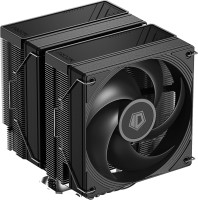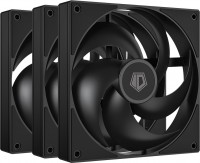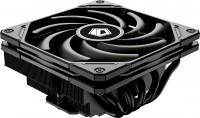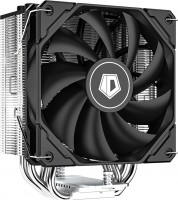Computer Cooling ID-COOLING series Zoomflow (liquid)
ID-COOLING Zoomflow
Closed-cycle liquid cooling systems that require no external maintenance have successfully gained significant market share. Over time, their gradual technological development has eliminated old problems, including refrigerant leaks and unreliable pumps. At the same time, manufacturers have retained the main advantages of these systems: ease of use and relatively affordable price. It is these modern, highly efficient and at the same time not too expensive cooling systems that come out as part of the Zoomflow series.

From a technical point of view, the Zoomflow dropsy has significant similarities with the Frostflow and Auraflow models from the same manufacturer. In fact, these are the same inexpensive closed-cycle life-support systems, with everything necessary for independent installation. The list of components includes several fans, a water block, a pump for liquid distillation, a passive radiator and fasteners for different processor sockets. In fact, the main difference lies in the design: Zoomflow drops are designed strictly and neatly, but tastefully, and often use ARGB backlighting, while Frostflow models look less presentable and often use monochromatic backlighting.
Most often, the Zoomflow LSS design uses double and triple turntables with a diameter of 120 mm with a classic hydrodynamic bearing and PWM rotation speed control (note: typical range from 500 to 1500 rpm). As a rule, they do not make too much noise during the process, and in terms of efficiency they are not inferior to classic tower-type air defense systems. As practice shows, two-section versions of Zoomflow with a TDP of around 250 W are capable of quietly and efficiently cooling processors of the Ryzen 7/Core i7 level, while three-section models with a TDP of 350 - 400 W are more designed for top 16/20/24- nuclear processors.









